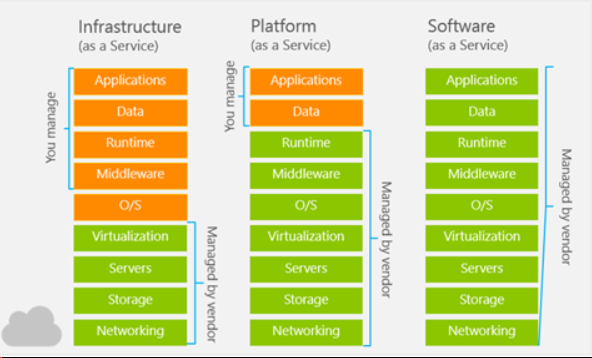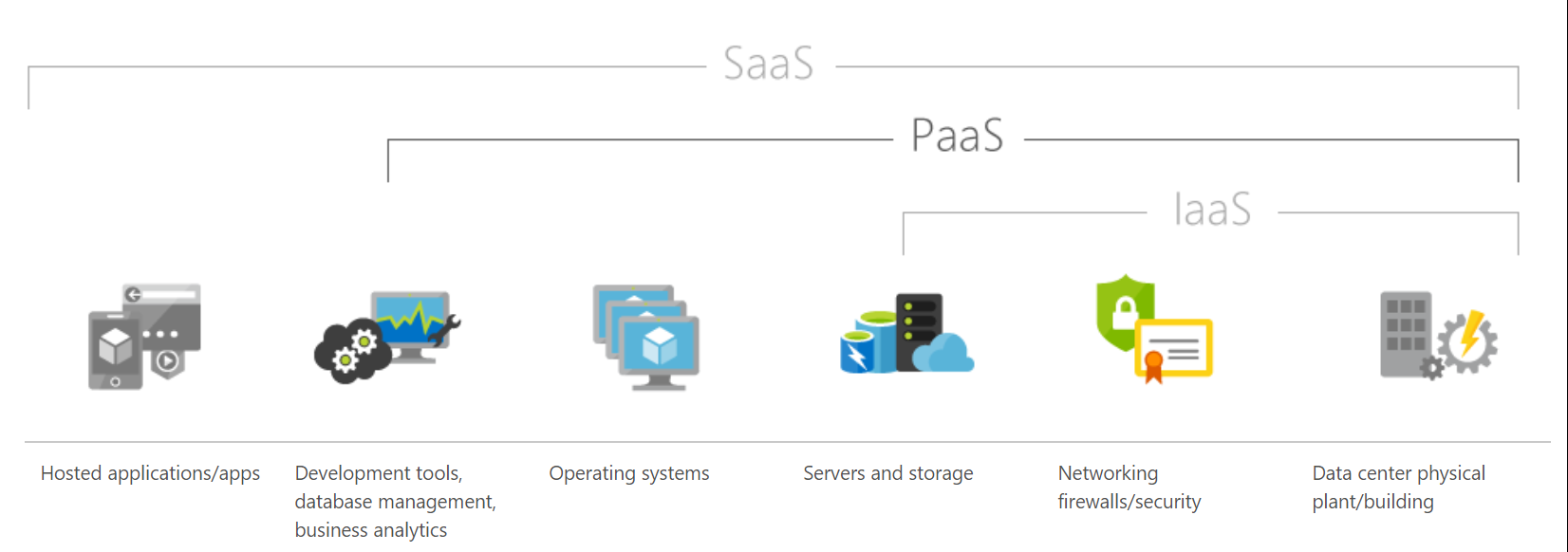Application Landscapes
Monolith
- Advantages
- Easy to understand,implement,and test
- Easy deployment
- Ideal for limited scope
- Disadvantages
- Tight coupling
- Easily leads to complex code
- One size fit all for every subdomain
N-tier
- Summary
- Multiple tiers
- Tier perform specific task
- Tiers can be physically separated
- Tiers aren’t layers
- Technical boundaries
- Typical: 3 tier
- Presentation Tier(UI & pure UI logic)
- Business Logic Tier(business logic)
- Data Tier
- Advantages
- Independent development
- Scalability
- Disadvantages
- Changes ripple through tiers
Service-Oriented
- Summary
- Multiple services
- Each service is a business activity
- Service compose-ability
- Contract standardization
- Enterprise Service Bus
- Advantages
- Services are loosely coupled
- Scalability
- No duplication of functionality
- Disadvantages
- Reduced agility and team autonomy
- Costly
- Many differing views
MicroServices
- Summary
- Multiple services
- Each service is a business activity
- Teams run the service
- No logic-heavy enterprise service bus
- Maximum automate
- Advantages
- Services are loosely coupled and easily scalable
- Increased agility
- Reliability
- Designed to handle failures
- Disadvantages
- Boundaries not always clear
- Communication patterns can become complex
Serverless
- Summary
- Backend as a service
- Function as a service
peer-to-peer
- Summary
- No central server
- No constant connection
- Dynamically discoverable
- Advantages
- Share resources
- Save cost
- Scaling
- Disadvantages
- possible security issues
- Only for specific scenarios
- Nontrivial to code
Application Structure Patterns
Layered
- Summary
- Presentation(UI)
- Application(Translation between UI & business)
- Business(Business logic)
- Persistence(Code to interact with the database)
- Data(Data)
- Advantages
- well-known among developers
- Easy to organize
- Disadvantages
- Can lead to monolithic applications
- Need to write lots of code
Microkernel
- Summary
- Task scheduler
- Workflow
- Data processing
- Browser
- Graphic designer
- Advantages
- Flexibility
- Clean separation
- Separate teams possible
- Add and remove functionality at runtime
- Disadvantages
- Core API might not fit future plugins
- Can the plugins be trusted
- Not always clear what belongs in the core
CQRS
- Summary
- Command Query Responsibility Segregation
- 2 models: read/query & write/command
- Allows for scenario-specific queries
- Synchronization required
- Different from event sourcing
- Advantages
- Simpler read queries
- Faster and more scalable read queries
- Easier to communicate with stakeholders
- Disadvantages
- Added complexity
- Learning curve
- Possibility of data inconsistencies
- Eventual consistency
Event sourcing
- Summary
- Store events instead of current state
- Event = something that happened in the past
- Rehydration or replay
- Advantages
- Trace of events
- Audit trail
- Business language
- Event replay
- Disadvantages
- Replay and external systems
- Event structure changes
- Snapshots
CQRS and Event sourcing combined
- Summary
- 2 different concepts
- Powerful combination
- It’s not for simple domains, you could start with event sourcing, then add CQRS later.
- Advantages
- Simpler and fast queries
- Scalable
- Trace of event
- Audit trail
- Business language
- Disadvantages
- Added complexity
- Leaning curve
- Data inconsistencies
- Event structure change
UI Patterns
MVC
- Summary
- Controller
- Model
- View
- Advantages
- Separation of concerns
- Parallel development
- Popular in web frameworks
- Disadvantages
- Controllers can become bloated
- Different definitions
MVP
- Summary
- View
- Presenter
- Model
- Advantages
- Great for desktop application
- Separation of concerns
- Testability
- Disadvantages
- Presenter can become bloated
- Desktop application are less popular
- MVVM Pattern
MVVM
- Summary
- View
- ViewModel
- Model
- Advantages
- Great for modern desktop and mobile applications
- Separation of concerns
- Testability
- Disadvantages
- Overkill for user interfaces
- More difficult to debug
- Desktop applications are less popular



